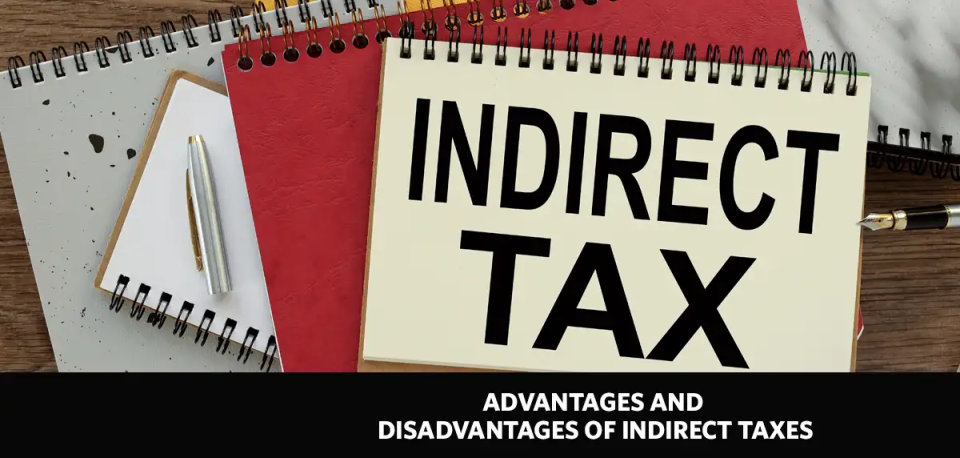Calculating income tax on your salary is an necessary part of financial planning. Understanding how to calculate income tax on salary not only ensures compliance but also helps clarify where you can save tax through legitimate deductions and exemptions.
The process of how tax is calculated on salary begins with understanding your complete salary structure. Your gross salary includes basic pay, House Rent Allowance (HRA), Leave Travel Allowance (LTA), special allowances, bonuses, and other benefits.
From this amount, various exemptions and deductions are subtracted to arrive at your taxable income.
Key Components in the Tax Calculation Process**
Before diving into how to calculate income tax on salary with examples, it is crucial to understand the main exemptions and deductions. The standard deduction of ₹50,000 is available to all salaried individuals.
For those opting for the old regime, additional benefits include HRA exemption (based on city of residence and actual rent paid) and various deductions under Chapter VI-A:
Section 80C
Investments up to ₹1.5 lakh in instruments like EPF, PPF, life insurance premiums, ELSS, and principal repayment of home loans.
Section 80D
Health insurance premiums up to ₹25,000 for self and family, with additional benefits for senior citizens.
Section 80CCD(1B)
Additional NPS contribution up to ₹50,000.
Section 80TTA
Interest on savings accounts up to ₹10,000
Section 80E
Deduction for interest paid on education loans for higher studies taken by self, spouse, or children.
Being aware of these tax-saving investments and options can help you in effective tax planning and can reduce your taxable income to a great extent.
Tax Regimes and Calculation
To know how to calculate income tax on salary effectively, first, one must choose the right regime and apply the right tax slabs.
India offers two tax regimes - old and new. The old regime allows you to claim various exemptions and deductions, but has higher tax rates for different slabs.
The new regime offers lower tax rates but restricts most exemptions and deductions, except the standard deduction of ₹75,000 from FY 2023-24.
For the old regime, the basic tax slabs for individuals below 60 years are:
- Up to ₹2.5 lakh: Nil
- ₹2.5-5 lakh: 5%
- ₹5-10 lakh: 20%
- Above ₹10 lakh: 30%
The simplified tax rates under the new regime (for FY 2025-2026) are as follows:
- Up to ₹4 lakh: Nil
- ₹4 lakh - ₹8 lakh: 5%
- ₹8 lakh - ₹12 lakh: 10%
- ₹12 lakh - ₹16 lakh: 15%
- ₹16 lakh - ₹20 lakh: 20%
- ₹20 lakh - ₹24 lakh: 25%
- Above ₹24 lakh: 30%
Note: This structure is based on the tax regime for FY 2025-26 as per the latest budget announcements. Taxpayers should verify the final rates when filing their returns.
After calculating the basic tax, add any cess if applicable. Then, subtract any applicable rebates under Section 87A.
Using an income tax calculator or a salary calculator can simplify this process. However, it is always advisable to understand the underlying principles for accuracy and better financial planning.
Steps to Calculate Tax on Salary**
The following steps can be applied to calculate income tax on your salary and the final tax payable if you have opted for the old tax regime.
Step 1. Compute Gross Salary
Sum up the basic salary, HRA, and other allowances.
Step 2. Calculate Exemptions
Calculate HRA exemption, Section 10 exemptions (like LTA), and other allowances. You can use an HRA calculator to get a clear estimate of your HRA exemption.
Step 3. Deduction under section 16
Provide for standard deduction (Rs. 50,000), professional tax (if any), and entertainment allowance (if applicable)
Step 4. Determine Net Salary
Subtract exemptions and deduction under section 16 from the gross salary.
Step 5. Apply Deductions
Calculate contributions to Provident Fund, life insurance policy premiums, and other eligible investments under Section 80C, 80D etc. which are eligible as per the deduction rules.
Pro Tip: Avoid waiting until the last quarter to plan your tax-saving investments. It is best to have a systematic approach, such as starting a monthly SIP in an Equity Linked Savings Scheme (ELSS) from the beginning of the financial year. This not only helps in disciplined saving but also helps you make the most of wealth creation through the power of compounding, (in addition to saving tax under Section 80C).
Step 6. Compute Taxable Income
Subtract deductions from net salary to get taxable income.
Step 7. Apply Tax Slabs
Apply the applicable income tax slabs to the taxable income.
Step 8. Calculate Final Tax Payable
Subtract any tax rebates and surcharge (if applicable) and add cess to get the final tax payable.
When you have a clear estimate of your tax liability, make sure to collect the relevant documents, such as Form 16, rent receipts, loan interest certificates, and so on. Having these documents handy will make it easier to file the ITR.
Under the new tax regime, you will not be able to claim many exemptions/deductions under the provisions of Income-tax Act, 1961 except the standard deduction of Rs 75,000. The tax slab rates are rather straightforward. If you have opted for the new tax regime, you can follow the same steps as above but skip the calculation of exemptions/deductions (as the case may be).
Practical Example on How to Calculate Income Tax on Salary
Let’s learn how do you calculate tax on salary with Mr. Sharma for an example.
His , salary details are as follows:
Life Insurance Policy Premium: ₹20,000
Step-by-Step Calculation:
Step 1. Gross Salary
₹7,00,000 + ₹3,00,000 + ₹2,00,000 = ₹12,00,000
Step 2. HRA Exemption
Let’s assume the HRA exemption is ₹1,50,000.
Step 3. Standard Deduction
Account for standard deduction of ₹50,000
Step 4. Net Salary
₹12,00,000 - ₹1,50,000 - ₹50,000 = ₹10, 00,000
Step 5. Deductions (80C):
PF Contribution: ₹50,000
Life Insurance Policy Premium: ₹20,000
Total Deductions: ₹70,000
Step 6. Taxable Income
₹10, 00,000 - ₹70,000 = ₹9,30,000
Applying Tax Slabs:
Up to ₹2.5 lakhs: Nil
₹2.5 lakhs to ₹5 lakhs: 5% of ₹2.5 lakhs = ₹12,500
₹5 lakhs to ₹10 lakhs: 20% of ₹4. 3 lakhs = ₹86,000
Total Basic Tax: ₹12,500 + ₹ 86,000 = ₹98,500
Step 7. Final Tax Payable
Basic Tax payable (₹98,500) + Cess @4% (₹3,940) = ₹1,02,440
Online income tax calculators are one of the most accessible tools you can use to ease the process of your tax calculation. However, before you use these tools, it is ideal to know how tax on salary is calculated. These calculators give estimates for tax on salary based on the details you provide.
Understanding how you calculate tax on your salary can help you choose better tax-saving investments. In the long run, you can carry out your financial planning in an easier manner throughout the year.
** Tax exemptions are as per applicable tax laws from time to time.





















